Charting a path toward fire resilience, tribal stewardship, and a diverse visitor experience

On August 16, 2020, a series of lighting strikes in the Santa Cruz Mountains ignited a string of wildfires that grew into the CZU Lightning Complex Fire. This megafire torched 86,509 acres and burned through a staggering 97 percent of Big Basin Redwoods State Park, the oldest state park in California and home to pristine coast redwoods, some more than 2,000 years old. Across vast swaths of the park, only blackened trunks and scorched earth remained. Most of the park’s infrastructure was totally destroyed. Campgrounds ruined, trails impassable, the beloved park headquarters and visitor center reduced to a stone chimney standing vigil over ash.
But those dark days are over. Five years later, Big Basin is a vibrant, life-affirming reminder of the resilience of a redwood forest. Once a smoking ruin, the park is already a riot of fresh green growth and will soon be reborn as a sanctuary for redwoods, wildlife, and the millions of visitors who will find renewal of their own in this irreplaceable environment.
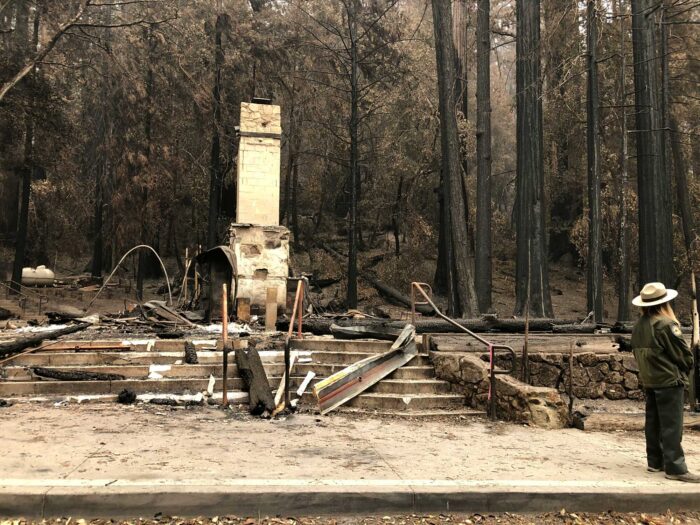
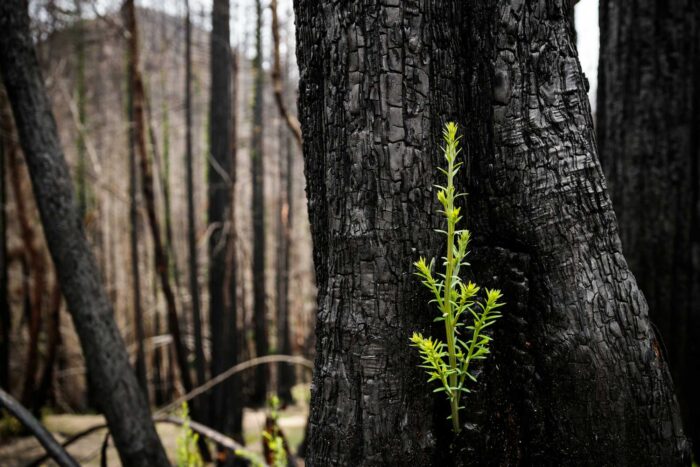
Big Basin’s remarkable rebirth
Coast redwoods are uniquely adapted to withstand wildfire, but the intensity of the CZU megafire was extreme. Flames devoured leaves 300 feet up in the redwoods’ crowns. It was unclear how the trees would respond—but scientists and park officials didn’t have to wait long to find out. Within weeks, brilliant green shoots from ancient buds—dormant beneath the bark for centuries—began poking from the charred trunks of redwoods.
Today, those tiny shoots have grown into branches reaching toward neighbor trees as the canopy stitches itself back together. Saplings that began growing in the fire’s aftermath are now over 20 feet tall. Wildlife has returned. So too have people, with thousands of visitors each month venturing out on reopened and rebuilt trails to see a forest in the midst of a remarkable rebirth (sections of the park and portions of trails opened to the public in 2022).
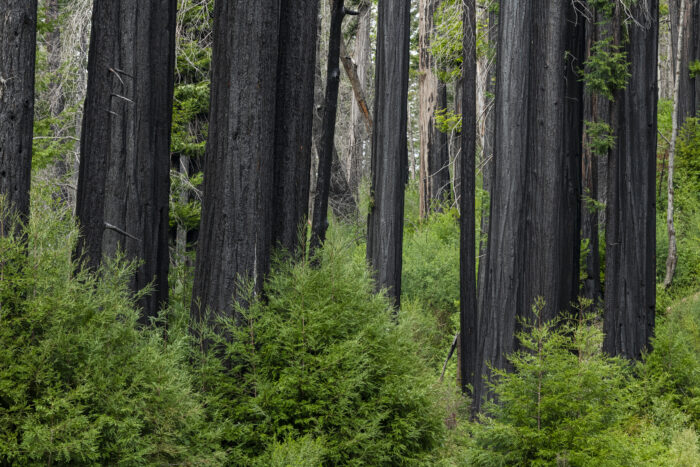
To shepherd this rebirth, Save the Redwoods League, along with California State Parks and a coalition of partners, prepared a comprehensive Forest Management Strategy. The plan is restore the redwood forests of the Santa Cruz Mountains and while protecting them from future blazes. That means removing a lot of deadfall and excess vegetation to prevent future fires from burning too hot. This protects old-growth groves that store immense biodiversity and history. It also supports native plant species to keep the ecosystem resilient—all part of a broader set of long-term conservation goals.
A new chapter for the state park
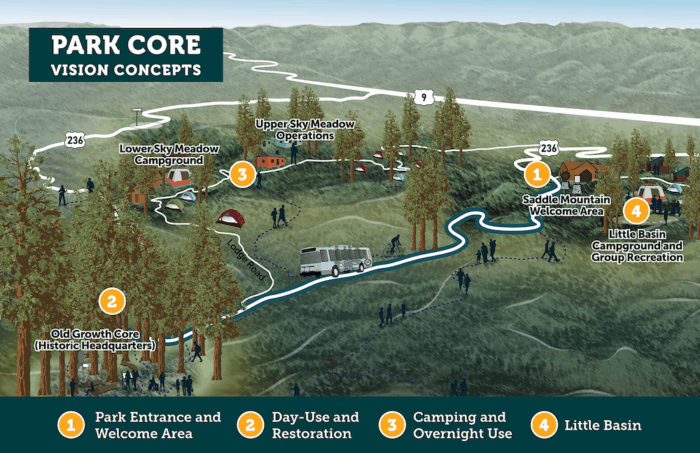
After the devastation wrought by the CZU fire, a reimagined Big Basin Redwoods State Park is slowly taking shape. Back in June, California State Parks released its Facilities Management Plan for the rebuilding of park infrastructure—part of a broader vision called Reimagining Big Basin. The goal: reduce human impact in the park’s old-growth core, once home to headquarters, parking lots, and campgrounds. Instead, the area is envisioned to be a landing spot where old-growth gawkers are dropped off by a shuttle bus. The campgrounds that were interspersed throughout the ancient redwoods—Sempervirens, Wastahi, and Blooms Creek—will be left to go fallow, returning to their natural forest state.
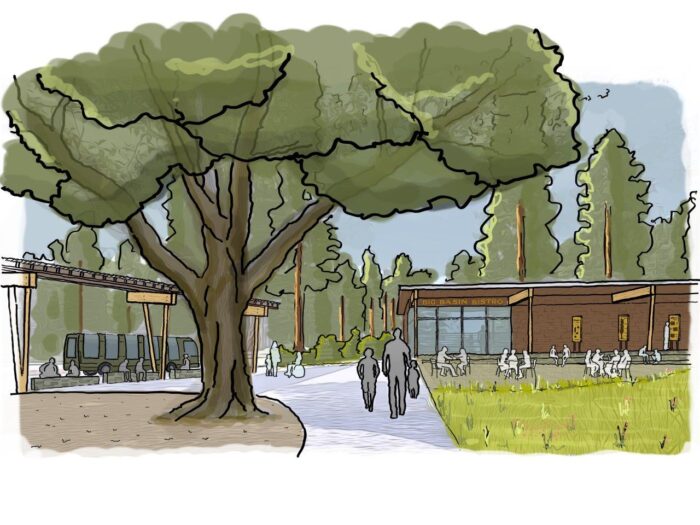
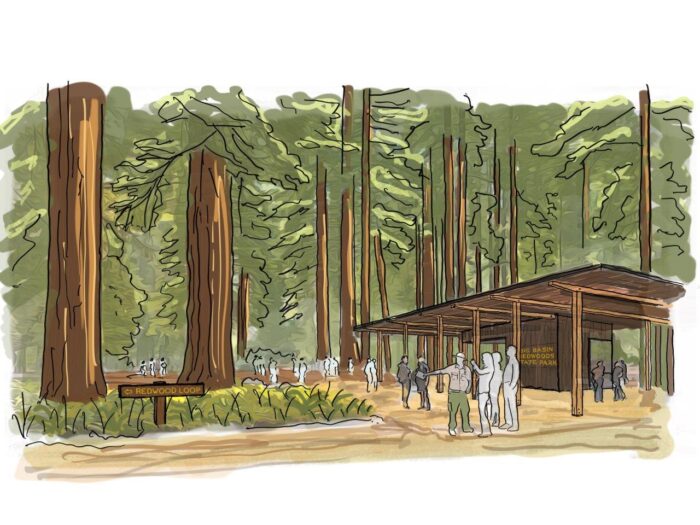
Big Basin’s new gateway is planned for the yet-to-be-constructed Saddle Mountain Hub, which will offer a cheerful welcome to the park. Visitors will be greeted by a large visitor center complete with a cafe, a camp store and gear lending library (Editor’s note: awesome idea). Meadow enthusiasts will be able to look out over a gorgeous restored meadow, protected from thousands of stomping feet by a raised boardwalk.
Saddle Mountain will be the parking site for most cars. Cheerfully car-free visitors will board shuttle buses for transport throughout Big Basin. That should make for a quieter park, with much less vehicle traffic—and less impact on sensitive ecological areas. New campgrounds are planned for Lower Sky Meadow, Huckleberry, and Little Basin, all outside of the old-growth trees. These will offer car-based, walk-in, and trail camping sites for tent camping. Want a more comfy overnight experience? The park plans to build cabins for overnight glamping stays, too. Though old, destroyed campgrounds won’t be rebuilt, the plan is to have roughly the same number of campsites in Big Basin as before the fire.
Sightseers and campers are already enjoying some of Big Basin’s new infrastructure and facilities. In 2023, the League helped to open the new visitor center and revamped campgrounds at Rancho del Oso, on the park’s western side. The new facility is wrapped by a big observation deck providing outstanding views. Educational exhibits worthy of losing a contemplative hour or two are all over the facility. Once the Skyline-to-the-Sea trail reopens—the park’s crown jewel—the Rancho del Oso site will function as a hub for the trail’s western entrance. Expect plenty of exhausted, blissed-out hikers massaging their aching feet in the sun.
Welcoming tribal partnership

The Cotoni and Quiroste peoples—members of the Ohlone culture—traditionally inhabited the land that later became Big Basin Redwoods State Park. Today, their voices and knowledge are central to the park’s reimagining. That’s a significant and welcome departure from how the park was originally constructed.
Indigenous perspectives will shape interpretive programs, guide ecosystem restoration, and inform how new facilities honor both culture and landscape. At the park’s Little Basin area, a new cultural center is planned as a gathering place hub for tribal activities, with nearby camping areas reserved for tribal use. Indigenous knowledge of ecological stewardship will also be a big part of the park’s fire resilience programs going forward.
Recovery now, resilience forever
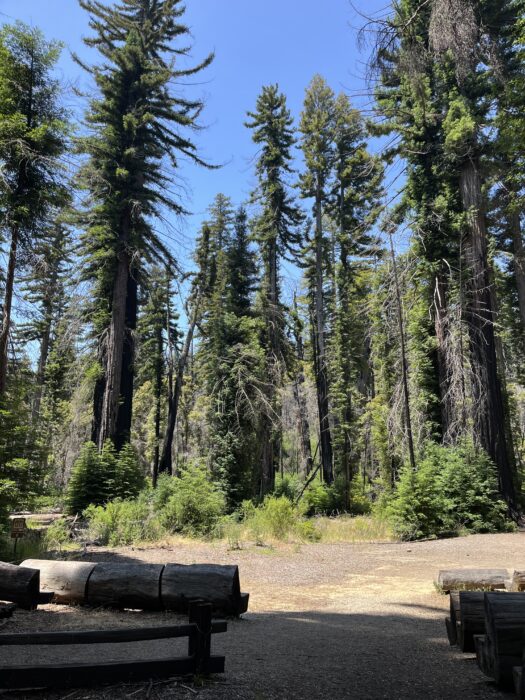
The vision for Big Basin goes far beyond recovery. It’s about building a park that can thrive for generations to come—one rooted in restoration, protection, and fire resilience. Trails, campgrounds, and facilities will welcome every kind of adventurer, from rugged backpackers to those seeking a quiet cabin retreat. And through it all, the park will stand as a living classroom for ecology, culture, and renewal—proof that even after the fiercest fire, a redwood forest can rise stronger, greener, and more vibrant than ever.




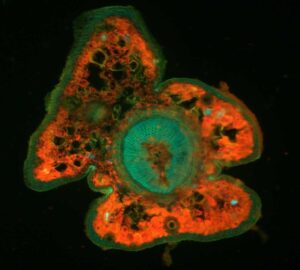
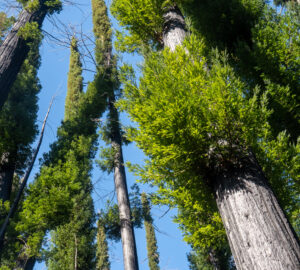
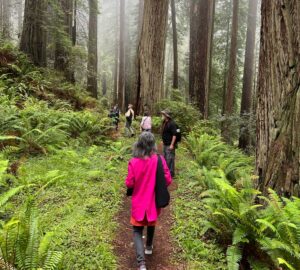
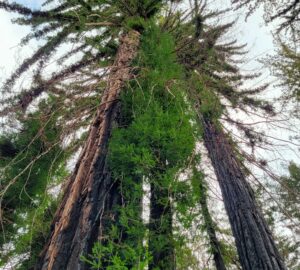
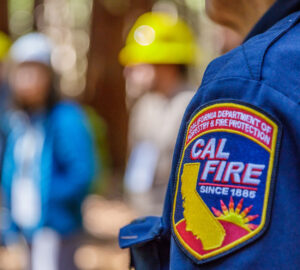
4 Responses to “Rebuilding Big Basin: a vision for its future after wildfire”
Dr. MK Wise
I am super excited that tribes and their hearts are going to help rebuild. I disagree with eliminating the campgrounds, sorry. The campgrounds did not start this fire, MAN did. And man will continue to destroy our forests. Big Basin, especially Sempervirens, was a place for seniors who do not want the crowded, tourist-in-your-face experience, with all the campers compacted into one area, fighting nonstop for a campsite that most will not get. That’s what I loved about the old basin camping feeling. It’s been part of life for over 75 years! This hurts. We were lucky to get out when the fire started, and though I respect the ideas to protect the old growth, fires are here to stay.
But cramming us all up Lodge Rd is wrong and not necessary. Many long-time campers agreed; we don’t want another crowded Yosemite camping experience. Having those isolated spots, you could get reservations, and you had space and peace. Yosemite used to be about nature; now it’s about horrible crowds. Forget winning campsites, unless you are loaded with money for fast-speed internet. Disabled people are left out as usual! I was hoping BB wouldn’t follow these steps, but you are. Sad..
Mary Lou Rosczyk
I am gladdened to see that all of the fire devastation is being replaced with bold plans for a better Big Basin State Park. I also applaud the participation of Indigenous Peoples. Who better to understand Big Basin than the peoples who inhabited the land for thousands of years.
Janet Swihart
Most Excellent!!!
Ben Tiffany
It is wonderful to see Big Basin coming to life again! It has always been a very special place for many of us, and all the new and regrowth is cause for celebration. Many thanks to all those responsible for this revival of a truly great state park!